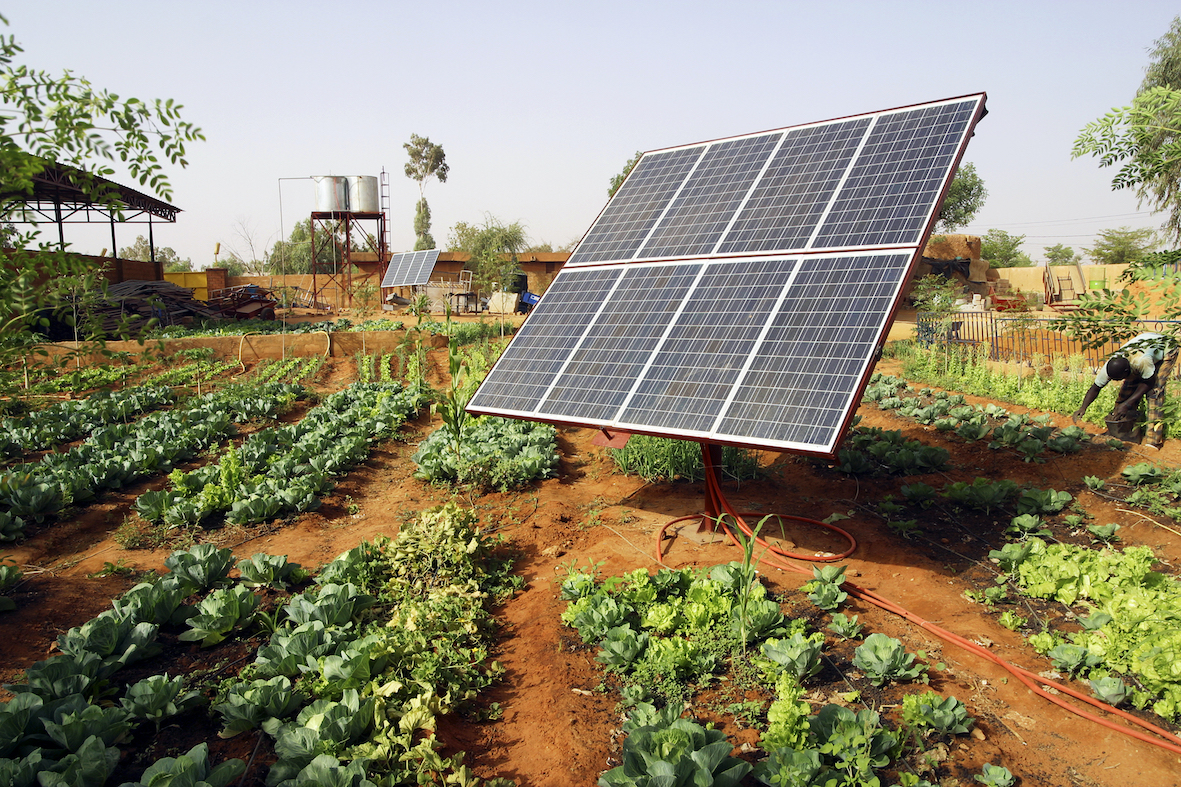Tapping free sunshine for Philippine energy
- August 2, 2025
- 0

By Atty. Jose M Layug Jr., Senior Partner at DivinaLaw
When the Philippines launched the first National Renewable Energy Programme (NREP) in 2011, there was hardly any mention of solar rooftops in the country’s installation target. Between 2010 and 2030, the Department of Energy (DOE) projected just 285MW of total solar capacity to be added to the energy mix.
Most of the solar energy applications in the country were a result of the rural electrification programme of national and local government units (LGUs). These applications were typically photovoltaic (PV) standalone systems. The only grid-connected solar power plant then was a 1MW PV project by one of the oldest private distribution utilities in Mindanao.
However, with the drastic reduction in the cost of solar technology in the past 10 years and the increasing electricity costs of conventional fuel such as coal and diesel, the solar rooftop industry has evolved. In the revised 2020 NREP, solar took centre stage as the DOE projected 27GW of new solar capacity by 2040. The share of solar installations in the total renewable energy outlook is miles ahead of the next RE technology, wind, which has a target of 16GW in 2040.
Government policies
In 2013, the Energy Regulatory Commission (ERC), pursuant to the Philippine Renewable Energy Act of 2008 (RE Law), issued the net metering rules, a consumer incentive scheme where electric power generated by an end user from solar rooftop panels with a capacity not exceeding 100kW, and delivered to the local distribution grid, may be used to offset electricity provided by the distribution utility (DU) to the end user.
The programme was expanded in 2019 to: (1) allow commercial and industrial establishments to sell excess generation from their solar rooftop systems to DUs; and (2) cover areas not connected to the main electricity grid. Aside from the net metering programme, the ERC also adopted the Rules Governing the Distributed Energy Resources (DER rules), which recognises commercial arrangements that may be entered into by an end user, owner or operator of the DER for the sale of the energy it produced.
The National Electrification Administration also implemented the expanded household electrification programme through the PV mainstream programme, which deploys solar home systems (SHS) to isolated households. More than 5,000 households have been provided with solar home systems.
In 2022, the DOE launched the second green energy auction programme (GEAP 2), soliciting bids from solar rooftop developers for the first time, with installation targets of 235MW in 2024, 260MW in 2025, and 110MW in 2026. Although the energy department received a total successful bid of only 9.39MW, GEAP 2 signalled to potential investors the government’s push for solar rooftop systems to meet the electricity requirements of the country.
In 2023, the DOE rolled out the expanded rooftop solar programme (ESRP), enabling end users and solar PV developers and installers to contribute to using rooftop spaces for renewable energy generation. It empowers electricity end users to produce electricity for use or sell to the grid, beyond the current 100kW net metering limit.
The ESRP lays out the policies and guidelines for three business models for roof-mounted solar facilities (RSFs): (1) supply contingency option; (2) lease to generate option; and (3) restricted peer-to-peer energy trading.
Government financing
End-user financing facilitates the increased adoption of rooftop solar PV systems for net metering in the residential sector. The Philippine government, through the home development mutual fund, more popularly known as the Pag-IBIG Fund, a state-managed corporation, extends multi-purpose loans to its members. The installation of rooftop solar PV can be classified as home improvement.
The Development Bank of the Philippines, another state-owned institution, also provides a green financing programme supporting rooftop solar PV projects for energy savings.
The LGUs also pursue solar rooftop programmes in their respective jurisdictions. The DOE and the Department of Interior and Local Government entered into a joint memorandum that provided the guidelines for local governments to establish their own local renewable energy planning and programme (LREP) to facilitate the implementation of energy projects. The different LREPs of local government units all over the country have resulted in projects such as the solar PV systems for 13 district hospitals and 11 public buildings. As the DOE continues to aggressively push for energy transition, the rapid increase in solar rooftop systems, especially in homes, will be inescapable. The sun is free.
This article was originally published on Law Asia.
About the Author

Atty. Jose M. Layug, Jr. is a Senior Partner at Divina Law, with extensive expertise spanning litigation, corporate law, energy, infrastructure, and international arbitration. A seasoned legal professional, he has held key leadership roles in both the public and private sectors, including Undersecretary of the Department of Energy and Chairman of the National Renewable Energy Board. He is a former Dean of the University of Makati School of Law and has practiced law internationally, including in New York. He holds a Master of Laws (with Honours) from Cornell Law School and a Bachelor of Laws from the University of the Philippines.
Follow Power Philippines on Facebook and LinkedIn or join our Viber community to stay up to date on the latest energy news.